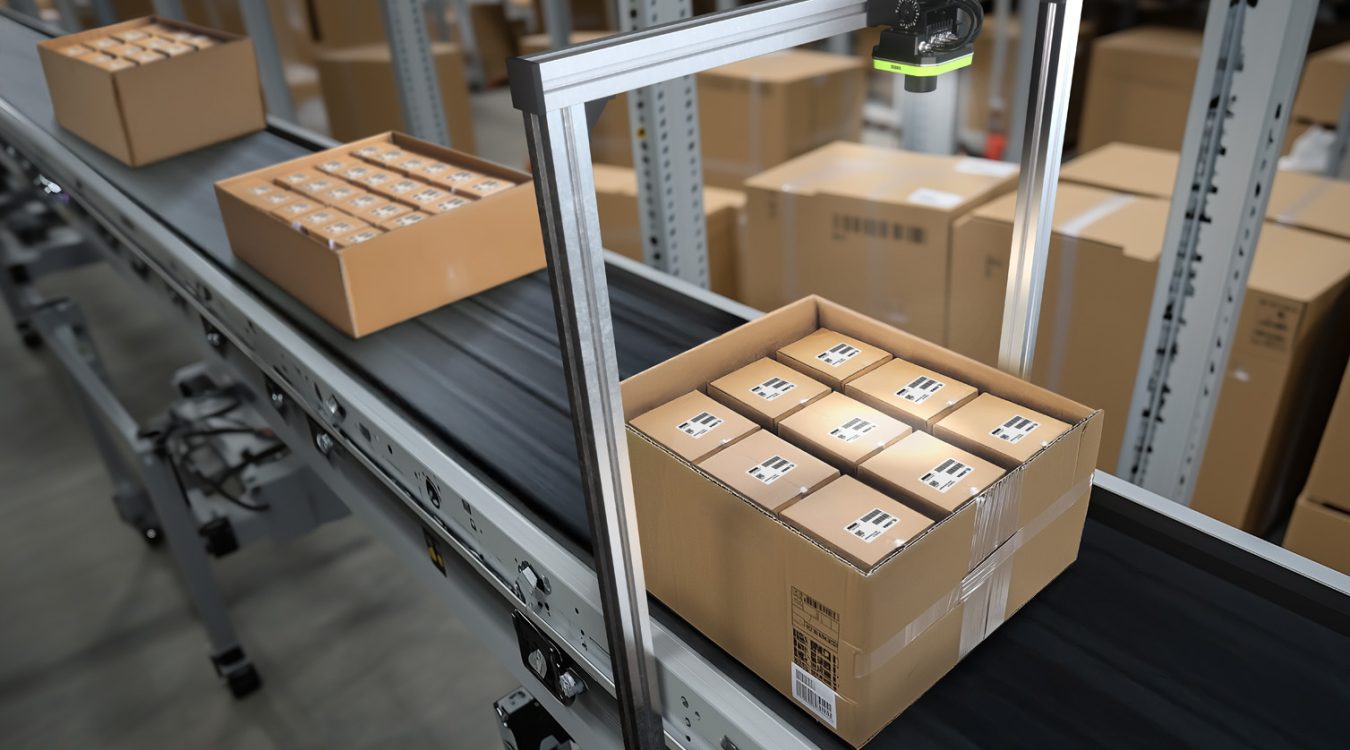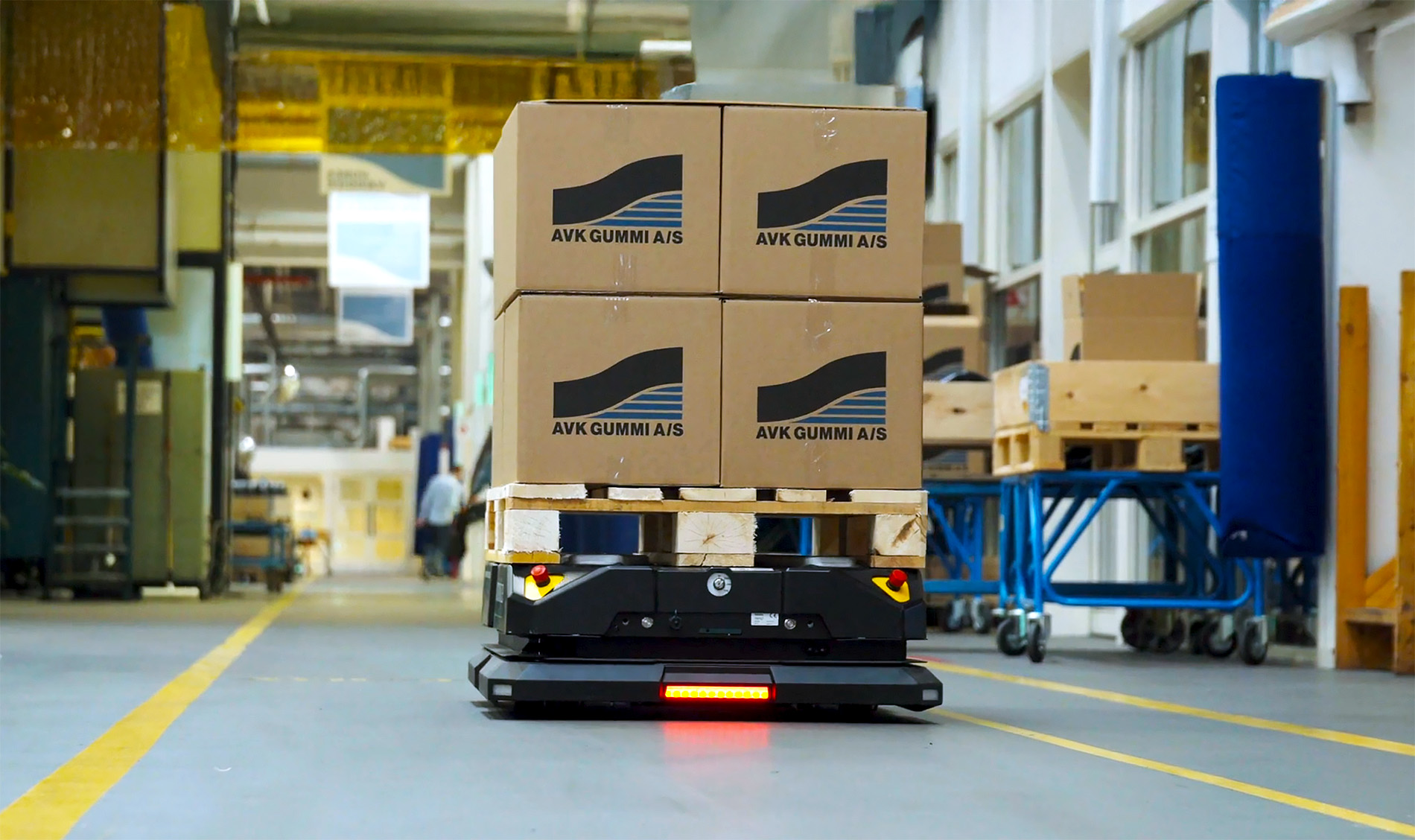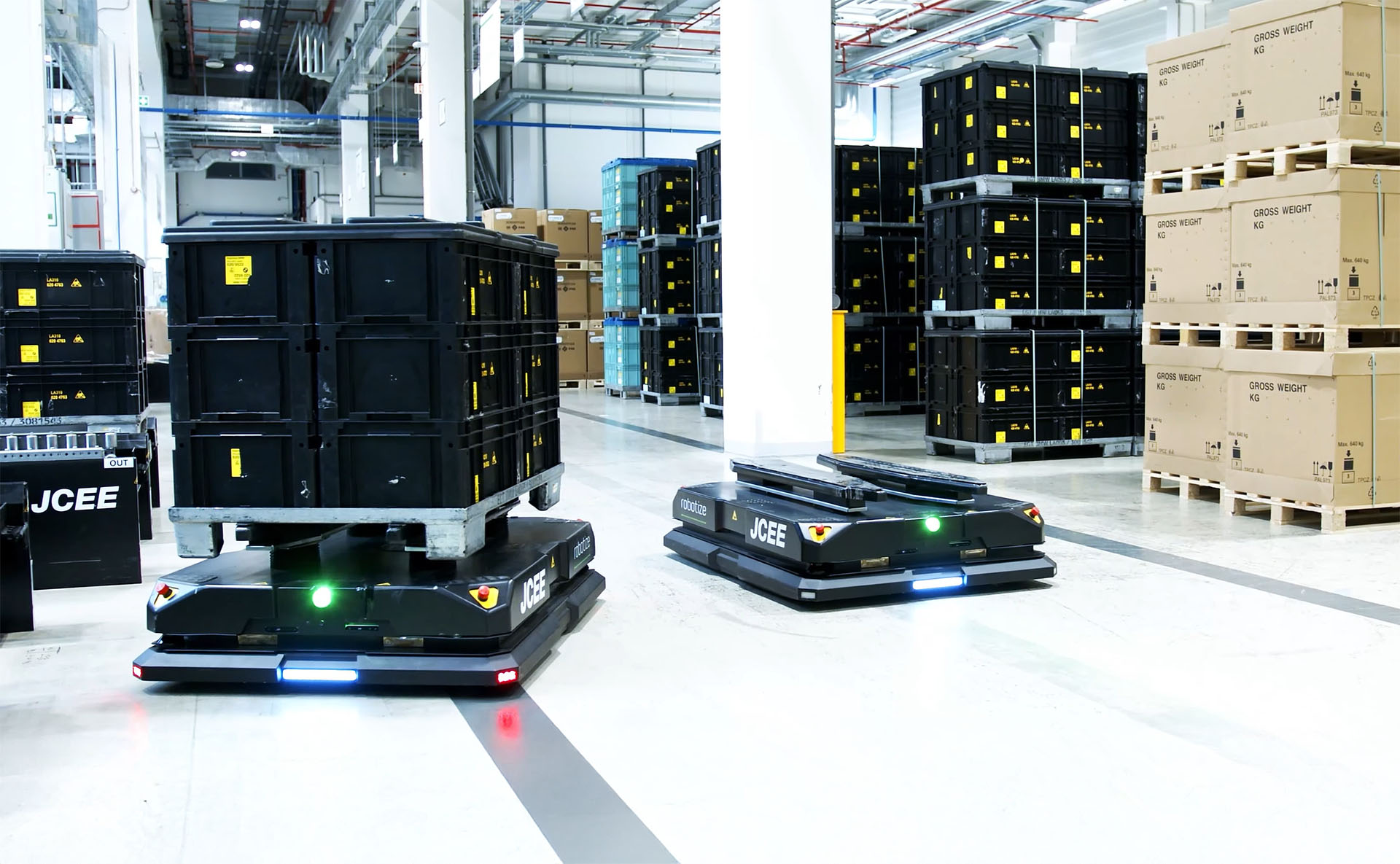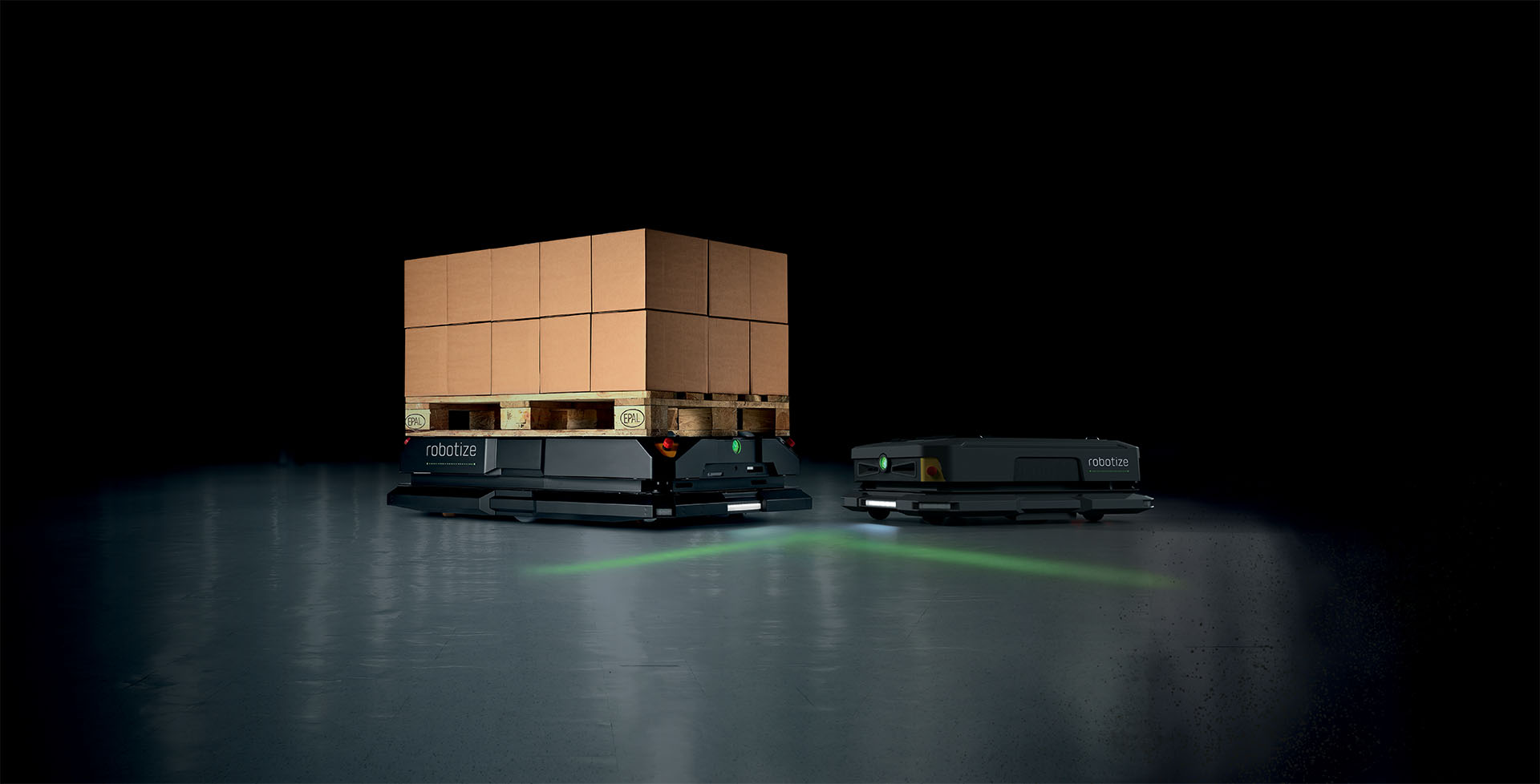
How vision systems improve warehouse and transportation processes
Vision systems, or so-called Machine Vision, are modern solutions based on digital image analysis. They enable automatic control of objects and processes in real time, without the need for human intervention. It is their autonomous operation and ability to work in dynamic environments that make them uniquely valuable to logistics and industry.
By using machine vision technology, it is possible not only to speed up data analysis, but also to eliminate errors due to the human factor. Machine Vision solutions significantly increase the efficiency and quality of logistics processes.
One of the market leaders is Zebra Technologies, an American provider of automatic identification solutions, with which we have cooperated for many years. Below we present selected applications of Zebra vision systems in logistics.
Forklift-mounted vision systems
Increase picking efficiency and eliminate errors
Installing the Machine Vision system directly on the forklift allows:
- Automatic and continuous reading of barcodes and 2D codes during operation,
- Maximize picking and replenishment efficiency,
- Reduce manual work in scanning, which reduces the risk of errors and lowers operating costs.
Automatic data reading at the storage docks
Full control over receipts and shipments
Vision or vision-based systems RFID can be installed on special gates in loading and unloading areas. They make it possible to:
- Automated reading of each pallet upon receipt or release of goods,
- Simultaneous scanning of multiple codes on bulk packaging,
- Controlling the content and correctness of labels.
Zebra scanning tunnels on transport lines
Fast flow and precise identification of goods
In automated transportation processes (e.g., parcel sorting), Zebra vision tunnels provide:
- Efficient barcode reading without stopping the flow,
- Visual verification of products and their details,
- Measuring the dimensions of flowing goods.
Intelligent repacking stations
Greater quality of service in e-commerce logistics
In a typical logistics process supported by a WMS system (especially in the process of fullfillment, i.e., e-commerce logistics) the completed products need to be repacked, i.e., put in shipping packaging, add possible additional products, such as advertising materials, samples, instructions, and then directed for shipping. With the use of Zebra vision solutions, it is possible to build repackaging stations that will enable:
- Automatic reading of parcel content data,
- Vision control of order completeness,
- Operator-independent quality control of packaging.
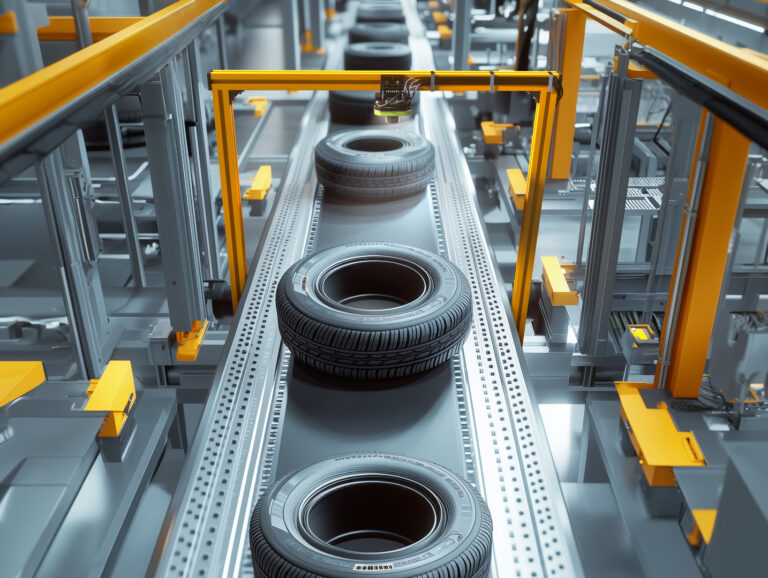
Summary
Zebra’s Machine Vision systems are an effective tool for automating and optimizing warehouse and transportation processes.
Their implementation reduces costs, eliminates errors and increases operational efficiency. In the logistics of the future, vision technology will become an indispensable part of the warehouse infrastructure – it is worth betting on proven and scalable solutions.


